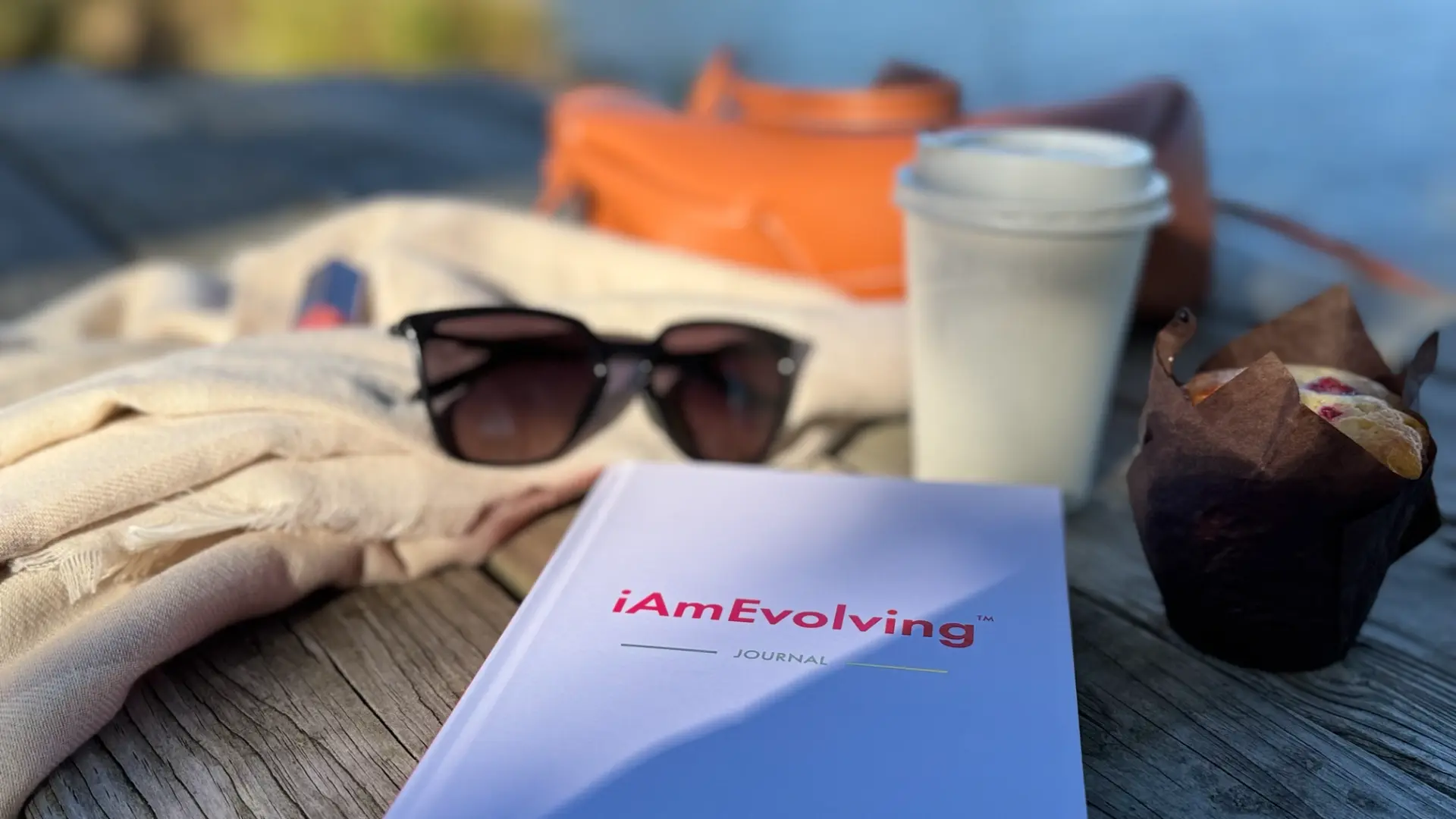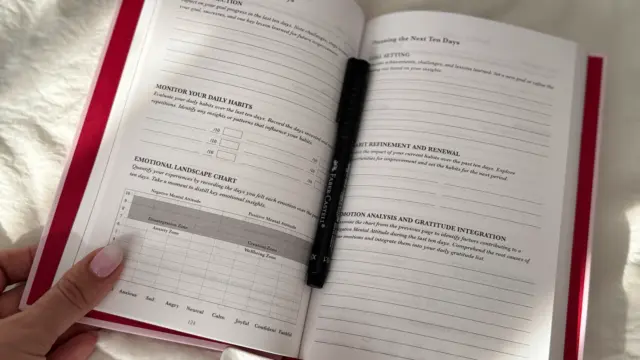Continue shopping
and explore our products below:
How to Start Journaling for Self-Improvement (Beginner’s Guide)

If you’ve ever thought about journaling but didn’t know where to start, you’re not alone. Many people want to build better habits, set goals, and grow — but don’t have a clear structure to guide them. The good news is, learning how to start journaling for self improvement is simple. With the right approach, just a few minutes a day can bring clarity, focus, and real transformation over time.
Before you begin, it helps to understand that lasting change always starts with awareness — as I explain in Why Personal Growth Starts with Awareness.
As a personal development coach, I’ve seen countless people go from overthinking to taking clear, confident action — and it often starts with a pen and paper.
If you want a complete guide that supports you beyond the first steps and helps you build a journaling practice that truly transforms your life, explore my full guide on The Ultimate Journaling Guide. It will help you move from just starting to journaling with clarity, intention, and confidence.
Simple Steps on How to Start Journaling for Self Improvement
Journaling isn’t just about writing what happened. It’s about thinking on paper, building self-awareness, and turning thoughts into tangible actions.
Here’s why journaling is so effective:
- Clarity: It helps you sort through thoughts and emotions.
- Focus: It keeps your goals front and center.
- Emotional regulation: Writing reduces stress and gives perspective.
- Growth tracking: You can look back and see your evolution.
- Consistency: Daily writing builds habits that compound over time.
Step 1: Start Simple
You don’t need a fancy routine. Begin with 5 minutes a day — morning or evening.
Start by answering a few simple questions, like:
- What matters most to me today?
- What am I grateful for?
- What’s one small action I can take to grow?
This removes the pressure of “doing it right” and makes journaling feel easy and approachable.
Step 2: Choose a Journaling Style That Fits You
There’s no one right way to journal. Here are a few popular methods:
- Free writing: Write whatever comes to mind without judgment.
- Prompt-based journaling: Use daily questions to guide your reflections. If you’re drawn to reflection and gratitude, try incorporating ideas from Gratitude Journal Prompts to bring more emotional depth to your entries.
- Structured journaling: Use a pre-designed layout for goals, gratitude, and reflection (the fastest way to build a habit).
- Hybrid: Mix structured sections with free space.
For beginners, structured journaling works best because it gives direction — no blank-page overwhelm.
Step 3: Set Up a Journaling Space and Time
Consistency is easier when journaling feels like a ritual.
- Pick a quiet corner, grab a pen you enjoy using, and keep your journal handy.
- Choose a time that fits naturally into your day — like right after waking up or before bed.
- Even two lines a day count. The goal is to make it part of your rhythm.
Step 4: Use Prompts to Keep Momentum
Prompts help you avoid “I don’t know what to write.” Here are a few to get started:
- What am I grateful for right now?
- What’s one thing I want to focus on today?
- What challenge am I facing, and what’s one step forward?
- What did I learn today?
For more, check out my post on 30 Daily Journaling Ideas — it’s a great resource to keep your practice fresh.
Step 5: Use the Right Journal to Support Your Growth
You can technically use any notebook — but having a well-structured personal development journal makes it so much easier to stay consistent.
The iAmEvolving Journal was designed specifically for people who want to start journaling for self improvement and build a meaningful daily habit.
It includes:
- Goal-setting section
- Daily gratitude prompts
- Habit tracking
- Reflection space for mindset growth
- Undated pages so you can start anytime
You can compare different options in The Best Personal Development Journals to Elevate Your Growth.
Not sure where to begin? Start with the iAmEvolving™ Guidebook to learn the method, then get the Journal when you're ready.
Step 6: Stay Consistent and Kind to Yourself
The real power of journaling is in showing up every day, not writing perfect entries. Miss a day? Just pick it up tomorrow.
Think of journaling as a daily conversation with yourself — one that grows deeper and more meaningful with time.
Learning how to start journaling for self improvement isn’t complicated — it’s about starting small, being consistent, and using the right structure to support your growth. If you’re focusing on consistency, explore Trust the Process: Why Your Goals Take Time to Grow — a reminder that meaningful habits form through patience.
Journaling doesn’t need to be perfect — it just needs to be honest. Every word you write brings you closer to clarity and growth. To explore more about building a journaling practice that lasts, visit Journaling Foundations.


